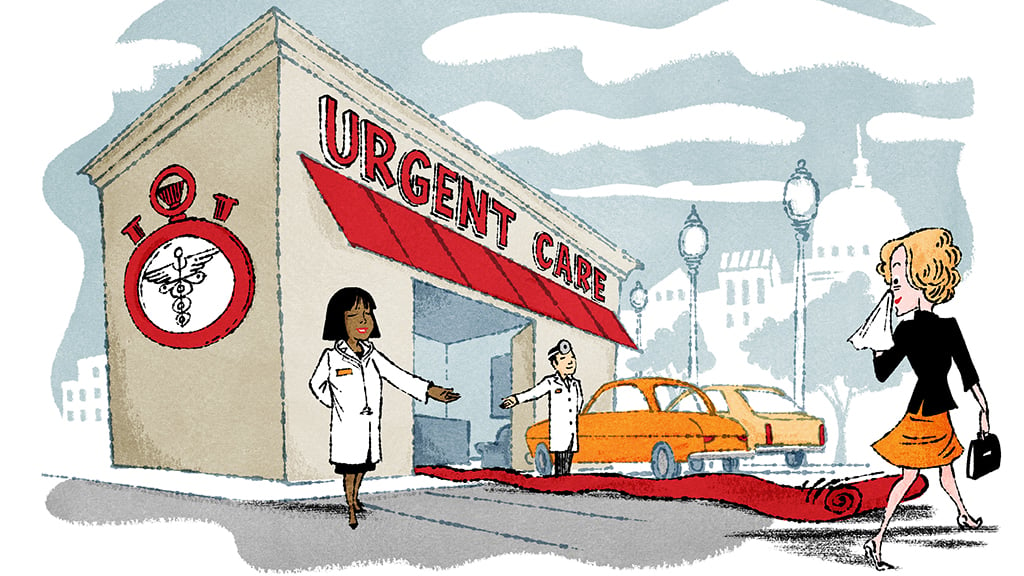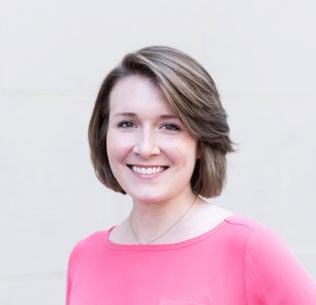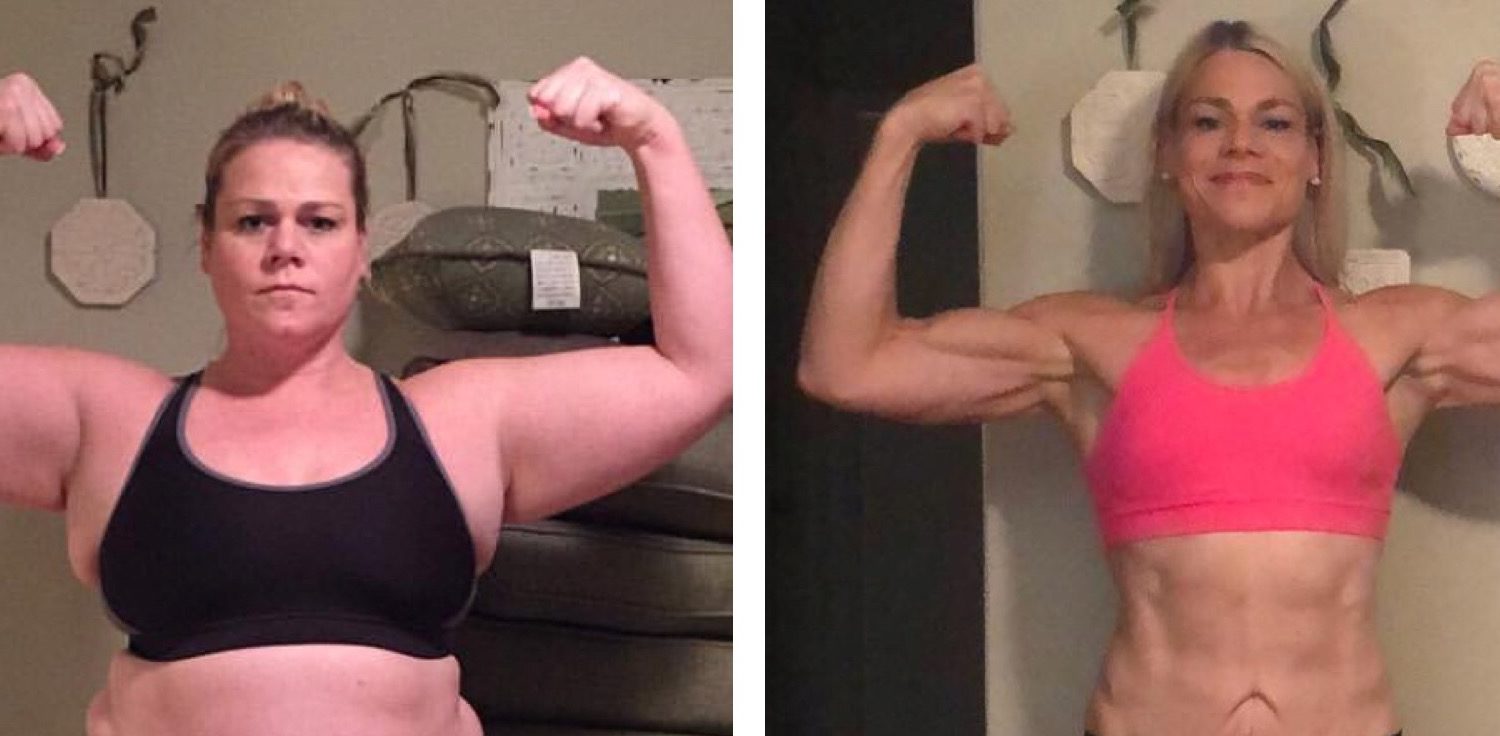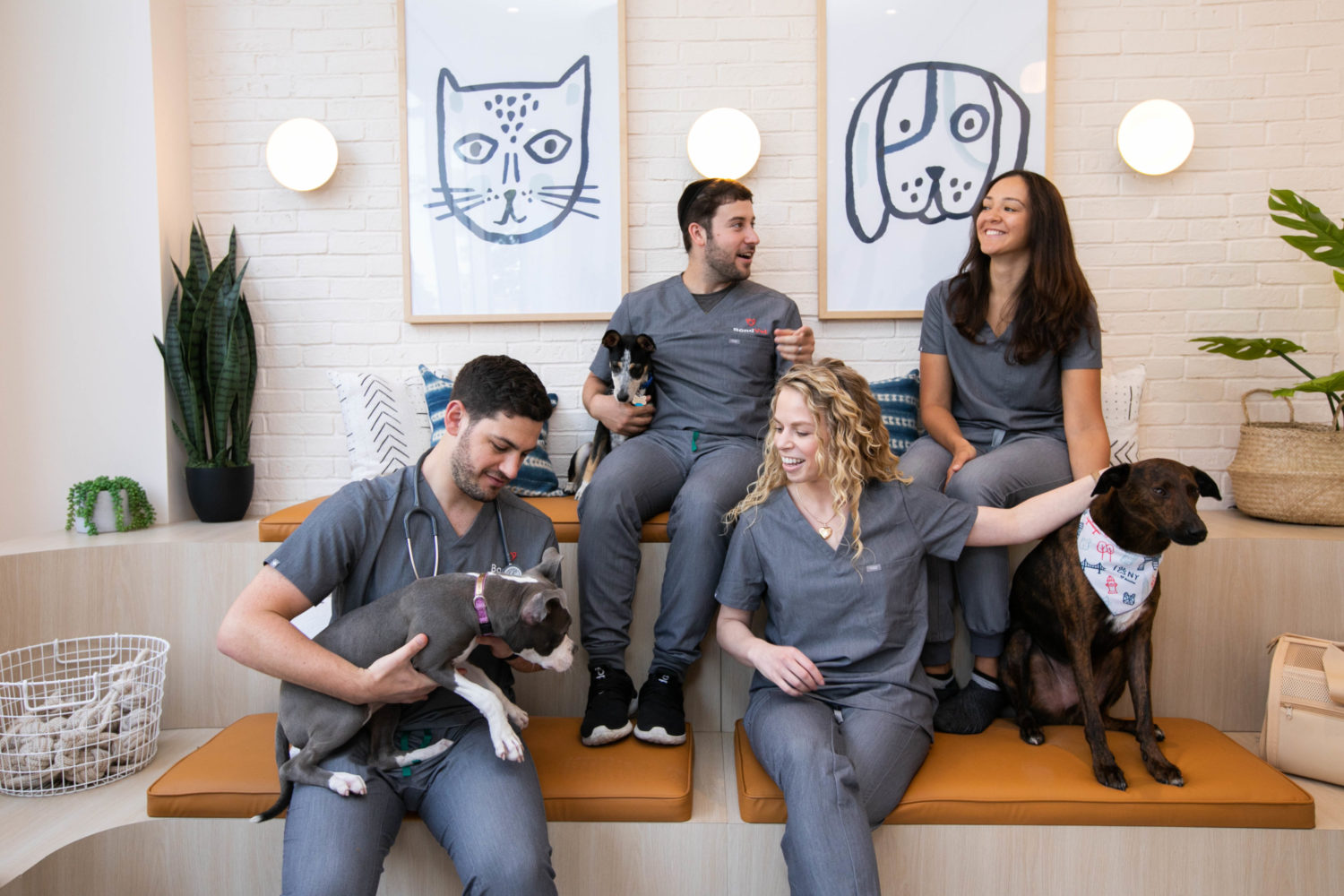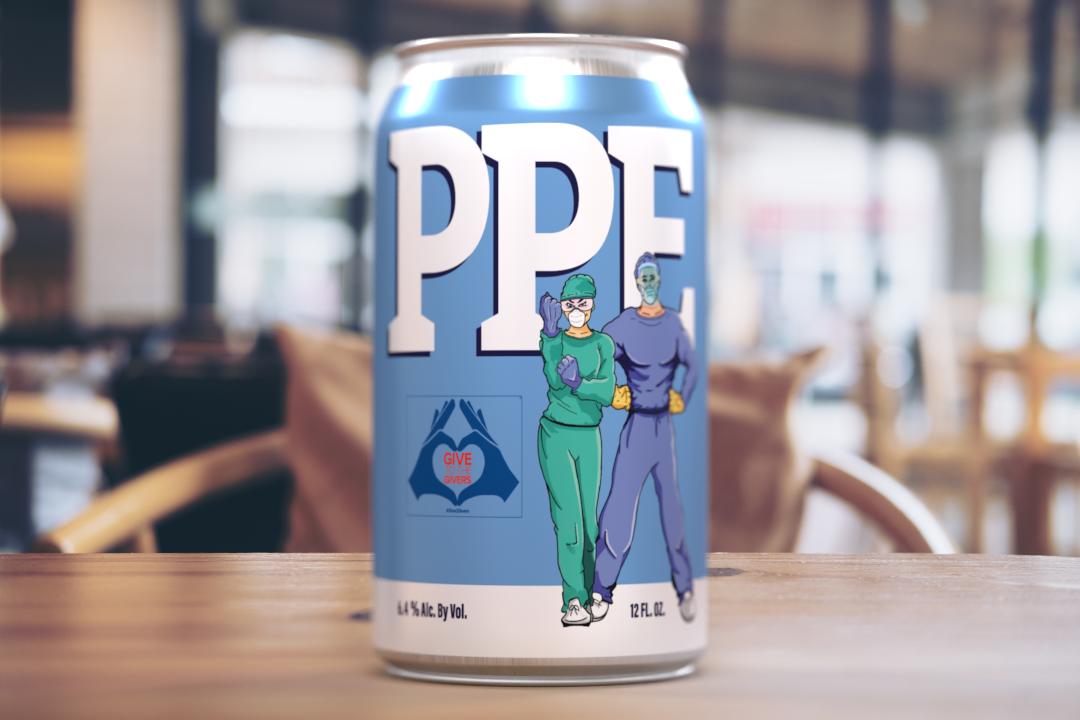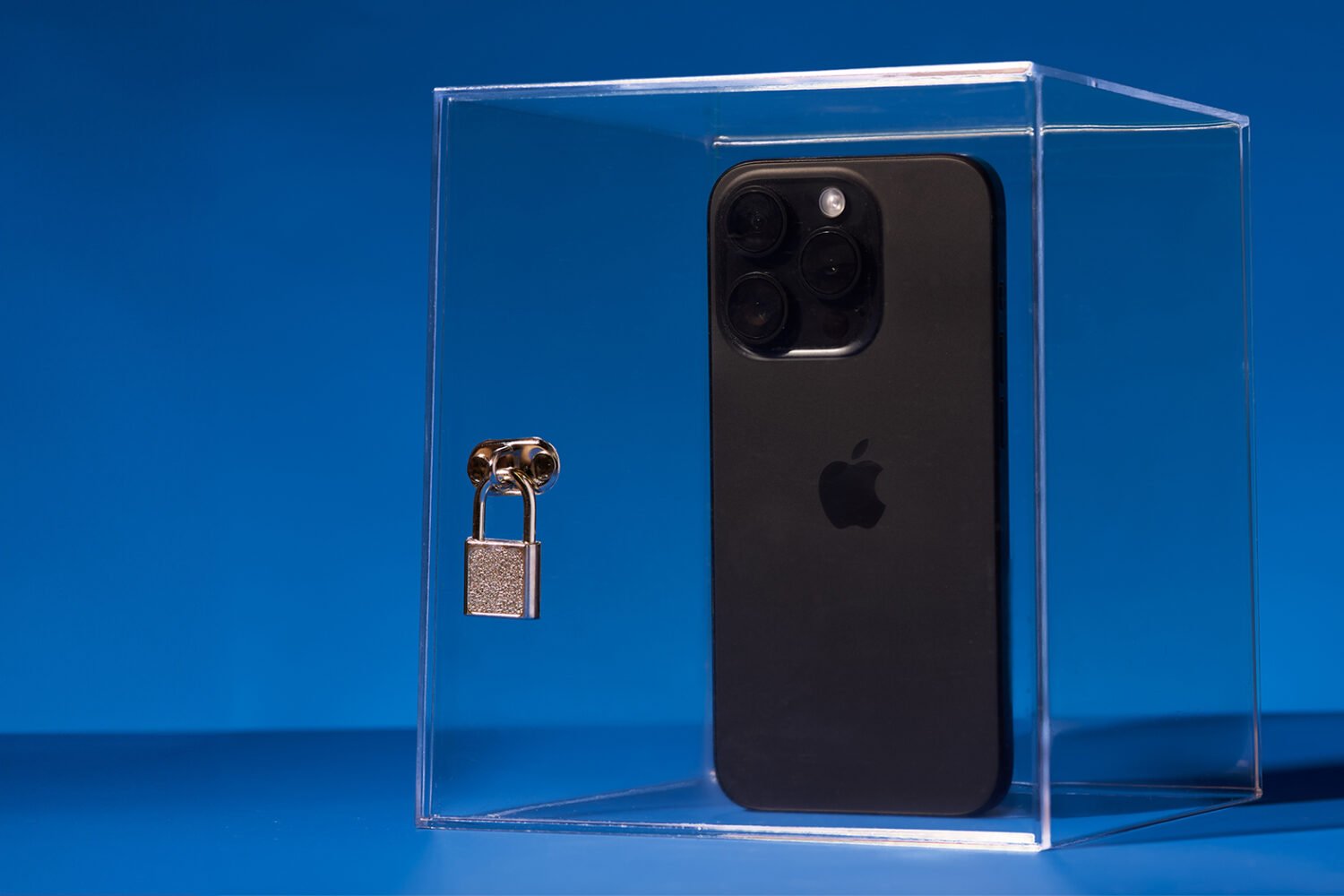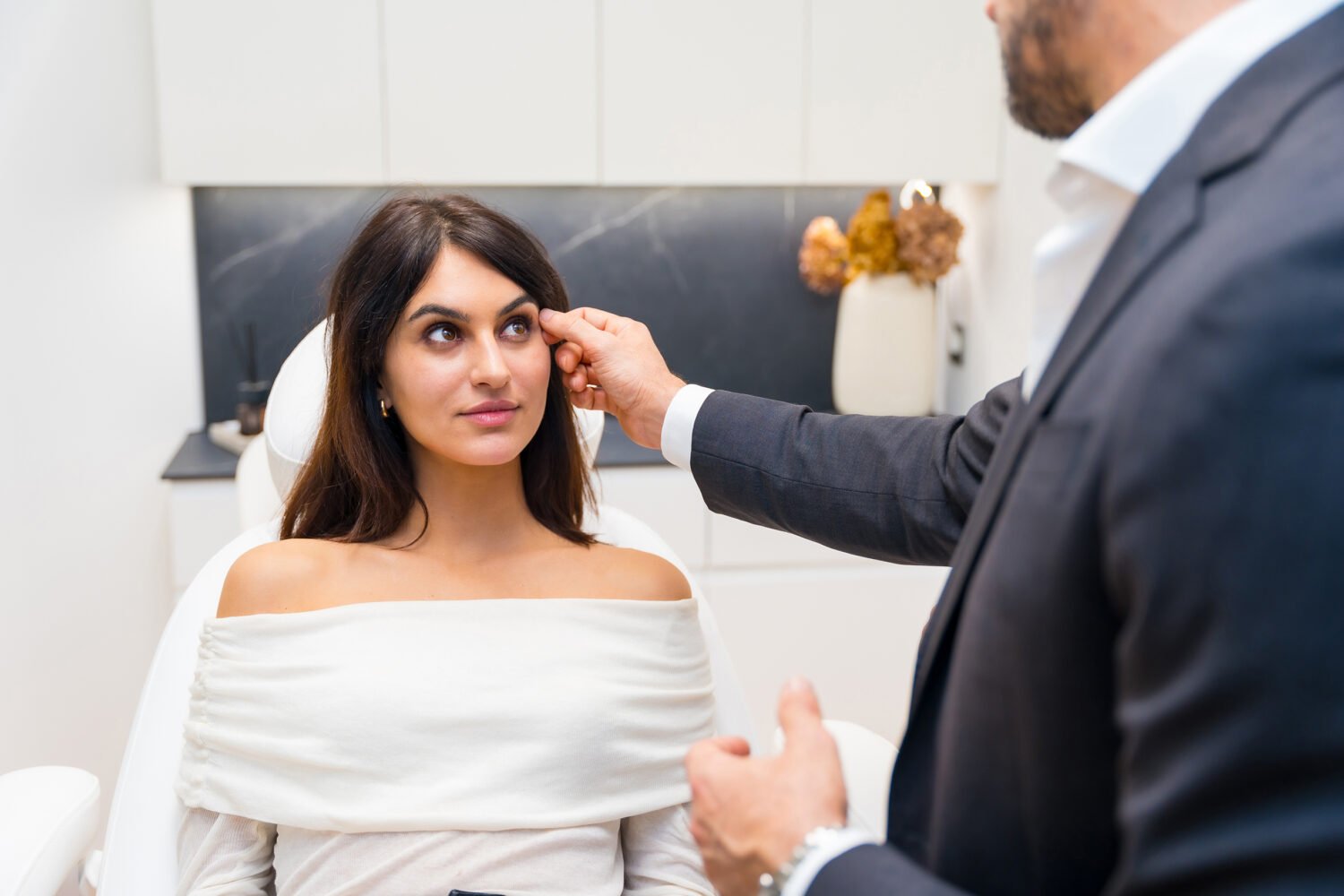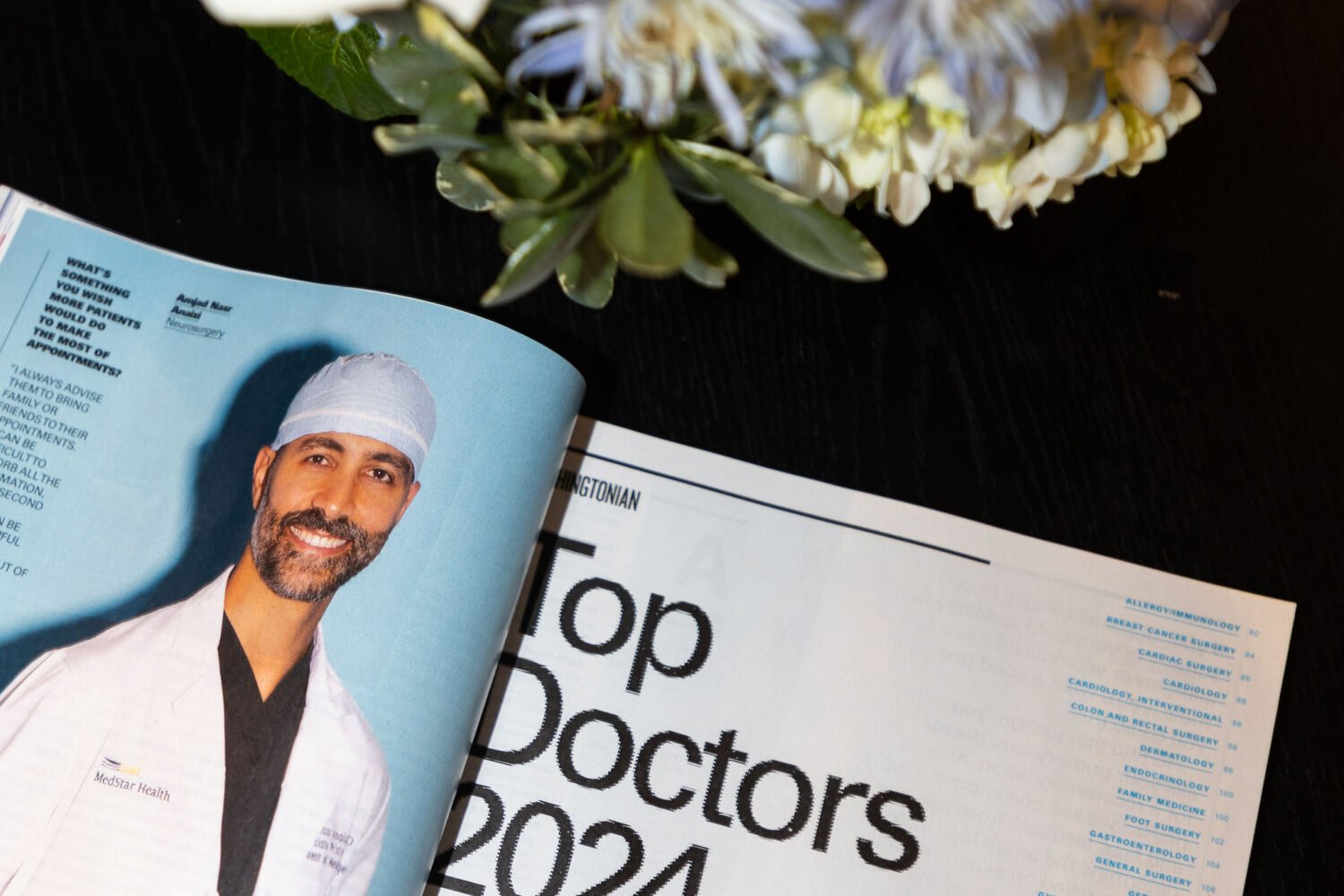In the spring of 2014, my husband was directing a high-school play. He was building the set on a Saturday morning when he got sawdust in his eye, which turned blood-red with irritation.
If the injury had been worse—cut-by-a-circular-saw worse—he would have headed straight to the emergency room. But though the sawdust didn’t merit a hospital visit, it couldn’t be ignored.
He didn’t try to call a doctor. For one thing, he had no primary-care provider; for another, even if he did, the office likely wouldn’t have been open on a weekend. So he hopped into the car and, with one eye, drove around the corner to an urgent-care center. There, the sawdust was rinsed, our insurance was accepted, and he never had to wear an eye patch.
Welcome to the way America does medicine now. The days of taking every nonemergency ache and pain to the family doctor are fading. With a deficit of physicians—the Department of Health and Human Services estimates a shortage of 20,400 primary-care docs by 2020—the waits for traditional office visits have grown. At the same time, Americans have gotten used to on-demand service in all kinds of fields.
So it was perhaps inevitable that new options have cropped up. Urgent-care centers, retail clinics, and concierge medicine are three growing industries that supply on-demand health care, all aiming to attract patients who don’t want to wait three weeks to see a primary-care physician or idle in the ER for a nonemergency issue.
Urgent Cares: No Longer Doc-in-a-Box
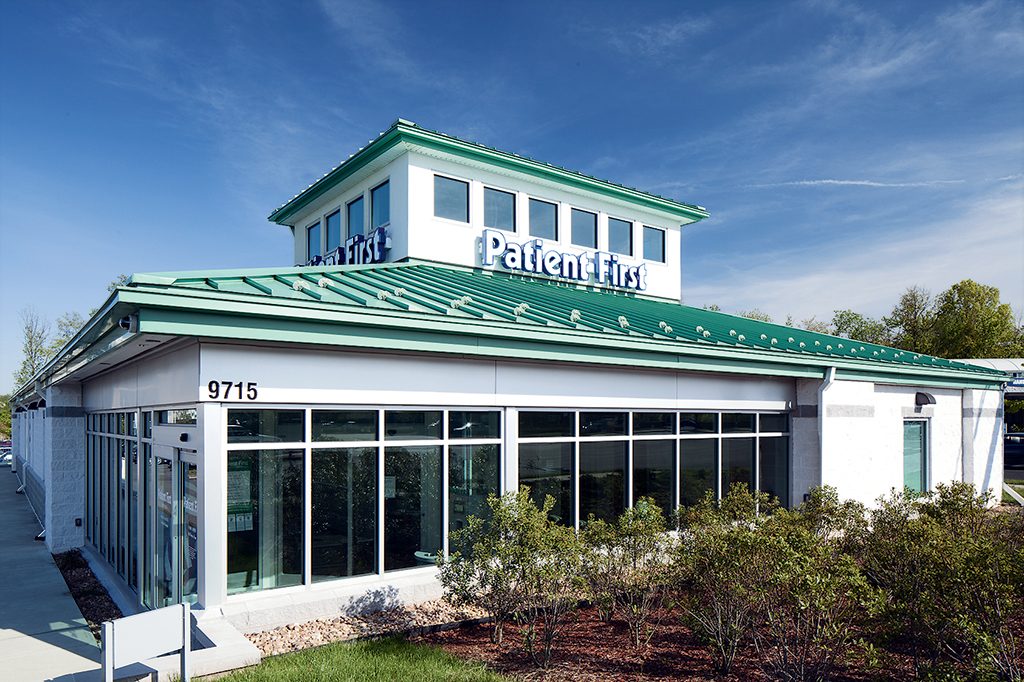
Americans are part of what Franz Ritucci, president of the American Academy of Urgent Care Medicine, calls the McDonald’s society. “We want what we want when we want it,” he says—and that’s especially true if what we want is a doctor to look at our sick child.
“There is a general trend in health care toward convenience for the patient,” says Ian Slinkman of Patient First, a Richmond-based network with more than a dozen urgent-care centers, and a dozen more planned, in the Washington area. “In fact, we see insurance companies recommending that their members use urgent care as a convenient, cost-effective alternative to the emergency room for non-life-threatening conditions.”
That convenience includes the hours—many urgent cares are open evenings and weekends—along with walk-ins-welcome policies. They also typically accept most major forms of insurance, with copays usually much lower than what you’d pay at an emergency room.
According to Slinkman, Patient First treats the same diagnoses that make up about 60 percent of ER visits. By going to an urgent care instead of an emergency room, patients not only save time and money; they also leave more open seats in the ER for life-threatening problems. Patient First providers treat all the standard ailments that send people to the doctor—flu, allergic reactions, and the like—but also have access to x-rays and IVs that a lot of people don’t associate with family physicians.
Urgent care has come a long way from when it was referred to as “doc-in-a-box” medicine and considered the dodgy corner store of health care. As urgent cares have started appealing to a wider consumer base—they’re no longer just for the poor and uninsured—they’ve improved their curb appeal to attract patients who have a choice among the emergency room, a primary-care provider, or an urgent care. Cosmetic improvements—as well as customer-friendly changes such as shorter waits—have been a focus of the urgent-care industry for the past five years, says Michael Kulczycki, executive director of the ambulatory (i.e., outpatient care) accreditation program for the Joint Commission, a nonprofit that accredits more than 20,000 US health-care organizations.
Although some urgent cares have gotten prettier, there are currently no regulations requiring such centers to seek accreditation from a governing body like the Urgent Care Association of America or the Joint Commission, which uses a 13-chapter set of standards to direct its on-site evaluation, covering everything from physician credentials to the safe use of hazardous materials. Because the process is costly and not mandated, Ritucci estimates that only 25 to 35 percent of urgent cares nationwide are accredited.
Urgent care has come a long way from when it was viewed as the dodgy corner store of health care.
While it’s common for urgent-care providers with only one or two facilities not to be accredited, for bigger networks—such as MedStar, Patient First, or Inova—it’s more important that they’ve sought accreditation to ensure consistency of care across all sites, says Kulczycki.
Patients don’t need to avoid nonaccredited facilities—there are roughly 70 urgent cares in the Washington area, but only a handful are accredited—but they do need to ask questions. Ritucci recommends requesting the name of the on-duty physician so you can check online for reviews of that doctor; whether the center uses electronic medical records; whether it’s staffed by nurse practitioners or a physician is present (“If you come in and they don’t have a physician there, you should be a little concerned,” he says); and, depending on the reason for the visit, what lab resources are available and if the center is able to support IVs and breathing treatments.
There are certain ailments that patients should never seek assistance for at an urgent care. At the top of the list is chest pain, which merits an immediate trip to the ER, along with any acute sensation that’s an 8 or higher on a pain scale of 1 to 10. For patients who enter an urgent care with a medical condition that can’t be treated at that facility—something requiring extensive lab testing or observation for an extended period—urgent cares such as Patient First have procedures in place to stabilize patients before transferring them to an emergency room.
Retail Clinics: Wait—No Wait?
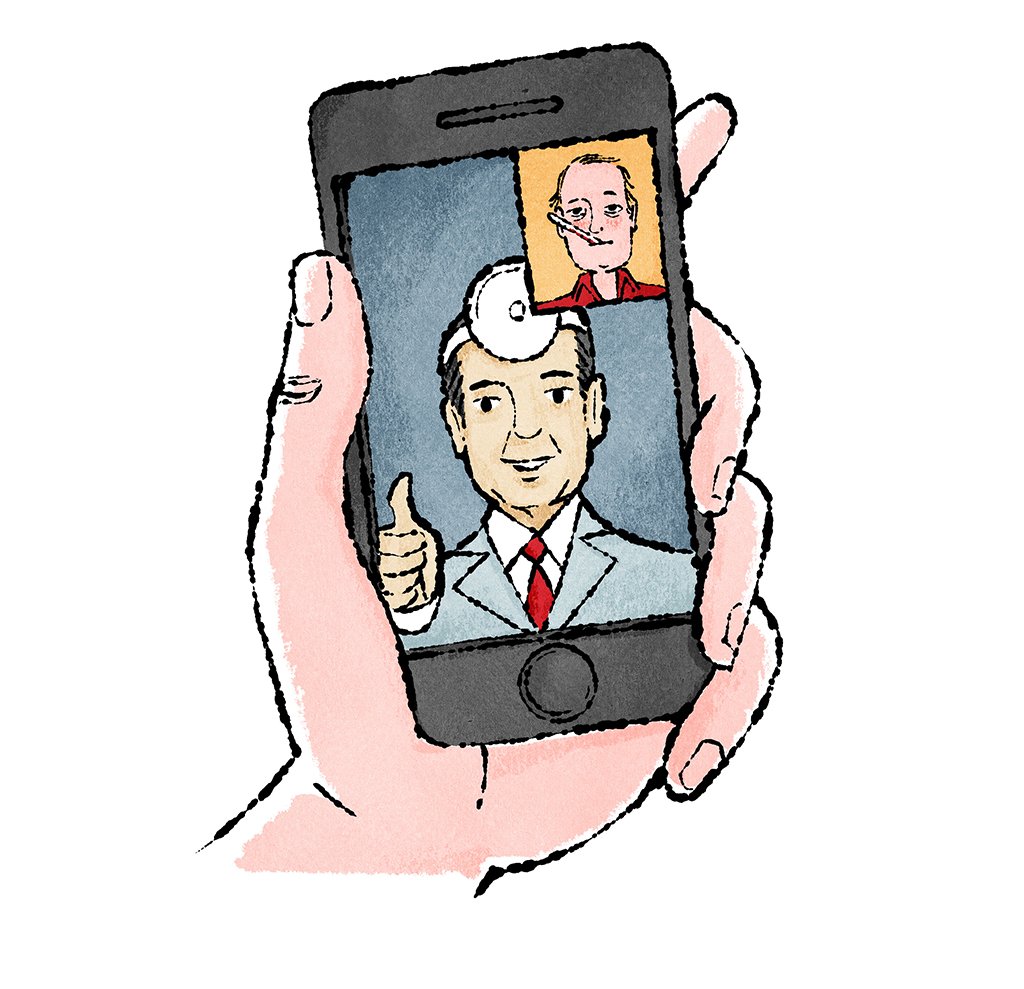
If you’re trying to picture a retail clinic and all you’re coming up with is a room at the back of a store where a child is getting a vaccine, this image isn’t entirely accurate. There’s a lot more to retail clinics these days than just flu shots.
The nurse practitioners who staff the Washington area’s CVS MinuteClinics are authorized to write prescriptions for common illnesses such as pinkeye and ear infections (prescriptions that can be picked up on-site), to treat minor wounds and joint sprains, and to provide routine lab tests for those with high blood pressure or diabetes. Like urgent-care centers, retail clinics offer the convenience of walk-in care and immediate attention to non-life-threatening issues.
These facilities are much likelier to be accredited than urgent cares. This is because the number-one provider of retail clinics, MinuteClinic—which has 1,100 clinics across the country, including 54 in Washington—is accredited by the Joint Commission. With MinuteClinic’s acquisition of Target’s clinic and pharmacy businesses in December, the number of CVS-owned retail clinics is only going to grow.
Thanks to its new Hold My Place in Line feature, MinuteClinic is putting a premium on convenience. The program, currently being piloted in our area, allows users to look up a local clinic online, to see the approximate wait, and to hold their place in line electronically by filling out a quick, six-question form.
Just as urgent cares are affected by the physician shortage, retail clinics are serving patients who have no primary-care physician (about half of MinuteClinic’s patients don’t have one). Other changes in health care are sending patients in search of cheaper care.
“One of the things taking place with health-care insurance is that there is a pretty steady increase in high-deductible insurance plans, which means that in many cases, those who have health-care insurance are taking on a much higher premium, and thus are cost-conscious,” says Brent Burkhardt, a MinuteClinic spokesperson. “If you have a $5,000 deductible and it’s January, certainly a MinuteClinic visit is going to be less expensive than some of the alternatives out there.”
Just because MinuteClinics are cheap doesn’t mean patients are being seen by baby-faced professionals with no experience.
MinuteClinics accept most insurance, and about 85 percent of their patients are covered. According to a Health System Change 2010 Health Tracking Household Survey, the primary reasons US families chose a retail clinic in the previous year was because the hours were more convenient (58.6 percent), no appointment was necessary (55.9 percent), the location was more convenient (48.1 percent), and the cost was lower (38.7). The study also found that a retail clinic was preferred because it was cheaper for 76.2 percent of uninsured families and 30.7 percent of families with insurance.
Just because it’s cheap doesn’t mean patients are being seen by baby-faced professionals with no experience. “In large markets like DC,” Burkhardt says, “[MinuteClinics] are able to hire experienced nurse practitioners who have worked previously in family and internal medicine practices, in emergency departments and urgent care, and sometimes in the military.”
Aside from offering low-cost, convenient care, retail clinics are targeting the 10,000 baby boomers turning 65 every day and those with chronic illnesses—both groups that need help managing their health.
“We have a variety of wellness and monitoring services,” says Dana Raskin, a nurse practitioner who oversees all DC MinuteClinics. “Hypertension and hyperlipidemia are pretty big; diabetes, of course; and smoking cessation.” Someone with diabetes, for example, can get his or her A1C tested at a MinuteClinic, with the patient’s primary-care physician keeping up with the condition—and directing the care—thanks to electronic records. People who want to quit smoking can walk into a MinuteClinic to spend 20 minutes—a luxurious length of face time with a medical professional—talking with a nurse to set up a plan of attack, including prescriptions and coaching.
Yet while retail clinics provide efficiency and low costs for chronic-illness management, there’s a lack of consistency in care, as patients might never see the same nurse practitioner twice.
“It’s a much better system when your primary-care physician is the one ordering the labs, viewing them, and discussing them with you,” says family-medicine physician Mindi Cohen, who works out of Comprehensive Primary Care’s Chevy Chase and Rockville offices. “I think that gives you long-term, better outcomes.”
Concierge Medicine: Fees for Service
The Ritz-Carlton of convenient medical care is concierge medicine. Somewhat like a gym membership, patients pay a monthly retainer, which buys them nearly constant access to their doctor—including same-day appointments and the ability to speak with the physician via text and Skype.
While any doctor can hang out a shingle as a concierge practitioner, Washington now has a number of large concierge practices, including PartnerMD in McLean, the MDVIP and Concierge Choice Physicians networks, and One Medical Group, a primary-care practice with concierge-like customer service.
Where this type of medicine gets the most flak is the membership fees. According to the Government Accountability Office, most patients pay $1,500 to $2,000 annually to keep a concierge doctor on retainer, with some charging five-figure sums. These fees are on top of the cost of services, for which some concierge doctors accept insurance, while others are cash-only. The membership costs, let alone the implied snootiness of the name, have drawn concerns that concierge medicine benefits only the wealthy.
David Pong, a family-medicine doctor in Richmond with the concierge practice PartnerMD, says it comes down to priorities. His practice serves bankers and lawyers, but small-business owners, teachers, and retired people pay the retainer as well. In his office, which charges about $150 a month per person, with discounts for additional family members, the cost is about $5 a day—the price of a fancy coffee.
“Some people put it into cars, some put it into private schools, some put it into clothes—and some put it into health care,” says Pong. “It just depends on what’s important to you.”
Prioritizing health care makes particular sense for the elderly or those with chronic illnesses. A 2007 Health Services Research study found that for elderly patients visiting a primary-care physician, the average appointment was 17 minutes, which—given that older people often have multiple health problems—allotted little time to discuss each concern. The study concluded that “efforts to improve the quality of care need to recognize the time pressure on both patients and physicians.”
The fact that busy people can text their doctors a question and receive immediate feedback is a plus.
Concierge doctors have fewer time constraints. Pong says he can spend more time with each patient to ensure that his or her health needs and questions are addressed. He’s responsible for 500 patients a year and meets with eight to ten a day, as opposed to when he worked in traditional family medicine and his time was divided among 4,500 people, of whom he saw as many as 30 a day.
With more time to devote to each patient, Pong considers himself a partner to the chronically ill, the elderly, and those who want to invest more in their health.
“If you look at the things that ail us in the United States, they are very strongly related to the choices that we make,” says Pong. “We create most of the illness in our lives, and if we’re going to change that, we have to change our lifestyles. You can’t just talk about that for five minutes in an office visit. Change comes over time with coaching and with being able to help people recognize and truly believe that they have a responsibility to make change, but also are able to.”
Pong likens his role to teaching a man to fish—his goal isn’t simply to help patients fight sickness; it’s to help them avoid becoming ill by taking the time to educate them about their health. Yet critics charge that because concierge practitioners treat fewer patients, the model is only contributing to the physician shortage.
“My response to that is that when you gather a bunch of private physicians together, what you find is that many are very much late in their careers and will tell you that were it not for this ability to undertake this business model, they would have simply retired,” says Tom Blue, chief strategy officer for the American Academy of Private Physicians, the trade association for concierge medicine. “Likewise, when you see younger people in the group, many of them would say, were it not for this business model, I would not have chosen primary care as a specialty.”
Cohen, a non-concierge physician, agrees: “I think that the concierge physicians are responding to an issue that we’re having in primary care in general. I don’t think they are contributing to the problem—they are responding to it in a way that works for them.”
While concierge medicine can give the elderly and chronically ill the attention they need, the model might not make financial sense for the young and healthy. “If you’re in your twenties, healthy as a horse, and you never go to the doctor, I’m not sure there’s any real reason to make that investment,” says Blue.
The areas where concierge medicine does attract younger customers is convenience and the use of technology. Pong’s patients spend little time in the waiting room. “We run on schedule,” he says, “so if you have a 9:30 with me, if I’m not in the room at 9:35, it’s unusual.”
For busy people who’d rather spend their time finishing a business proposal than visiting the doctor, the fact that they can text their doctors a question and receive immediate feedback is a plus.
“I had this weird bulging vein in the back of my leg,” Blue says. “It didn’t really hurt that much, but it was noticeable, and of course the fact it was visible kind of freaked me out. Normally, a person would sort of stew over that, but in my case I took a picture and texted it to my doctor. He was like, ‘Oh, it’s no problem—put a little compression thing around it from Walgreens and you’ll be fine.’ ”
Blue wasn’t charged for a visit, and even though he was traveling, he was easily able to access the care he needed. “That’s part of what you get,” he says.
Assistant fashion editor Caroline Cunningham can be reached at ccunningham@washingtonian.com.
This article appears in the March 2016 issue of Washingtonian.

